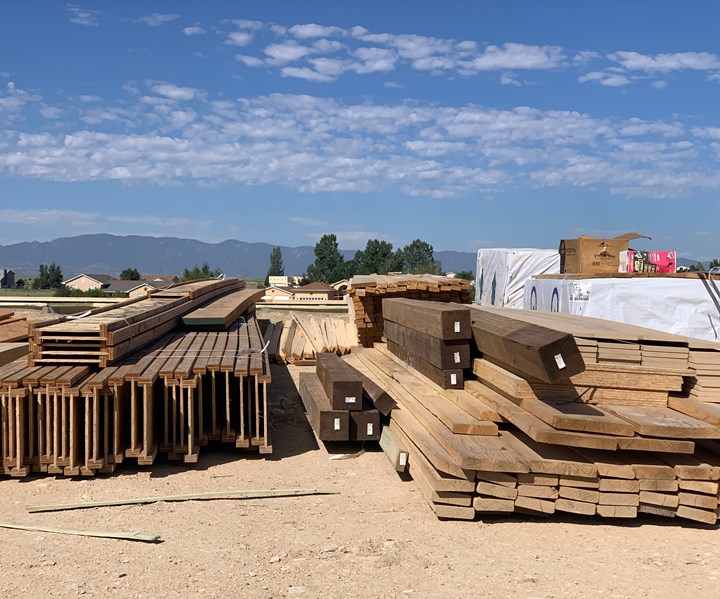Composites: The Future of Sustainable Building And Construction Materials
Composites: The Future of Sustainable Building And Construction Materials
Blog Article
From Waste to Marvel: How Recycled Composites Are Changing Various Applications
As markets worldwide are significantly prioritizing sustainability and ecological duty, the utilization of recycled composites has emerged as a transformative service throughout numerous markets. From improving the performance of automotive components to supplying lasting alternatives in construction products, the applications of recycled composites are large and promising.
The Rise of Recycled Composites
The raising adoption of recycled composites in numerous markets mirrors an expanding recognition of their ecological and economic benefits. Recycled compounds, stemmed from products such as recovered carbon fiber or recycled plastics, offer a lasting alternative to typical materials without endangering on efficiency. Industries ranging from automotive and building and construction to aerospace and consumer items are progressively turning to recycled compounds to meet their production demands.
One secret driver behind the surge of recycled compounds is the push towards sustainability and eco-friendliness. Firms are under enhancing stress to decrease their carbon impact and minimize waste generation. Recycled composites provide a remedy by utilizing products that would otherwise wind up in landfills, consequently advertising a circular economic situation.
Furthermore, the financial benefits of using recycled composites can not be ignored. These materials are often much more cost-efficient than their virgin counterparts, using firms a way to decrease manufacturing prices without sacrificing high quality. As innovations in recycling technologies remain to boost, the fostering of recycled compounds is expected to further boost throughout varied sectors.
Advantages in Automotive Market

Sustainable Solutions in Construction
Integrating sustainable practices in building jobs is crucial for reducing environmental effect and advertising long-term practicality in the constructed environment. With the building and construction industry being among the biggest contributors to carbon exhausts and waste generation around the world, the fostering of lasting options is critical in minimizing these adverse impacts. Recycled composites are playing a significant role in revolutionizing building and construction techniques by using a much more environment-friendly option to conventional building products.
Recycled composites, derived from products such as redeemed rubber, plastic, and timber, offer a sustainable choice for discover this different construction applications. These products not only help in lowering waste however also supply convenience, toughness, and strength similar to standard building products. By integrating recycled compounds into structure designs, building and construction jobs can add to resource preservation and energy performance while preserving high efficiency criteria.
In addition, using recycled compounds in construction straightens with the expanding demand for environment-friendly buildings and sustainable framework. As environmental policies come to be stricter and the emphasis on sustainability heightens, the building and construction industry is progressively transforming to recycled compounds as a viable option for developing eco-conscious buildings and structures.
Eco-Friendly Innovations in Packaging
Eco-friendly products such as mushroom packaging, seaweed-based films, and compostable plastics supply appealing services to the plastic pollution situation. These cutting-edge materials not only decompose normally, lowering ecological impact, yet likewise offer equivalent capability and sturdiness to traditional product packaging choices.
In addition, the integration of recycled materials into product packaging manufacturing processes even more improves sustainability initiatives. By including post-consumer recycled material, business can lower the demand for virgin materials, save all-natural sources, and advertise a circular economic climate in the product packaging sector.
Changing Textiles With Recycled Composites
In the realm of lasting materials, the emphasis now changes in the direction of transforming fabrics with the innovative usage of recycled composites. This advancement in textile manufacturing is driven by over at this website the pushing requirement for even more green practices in the style and fabric industries. Recycled composites supply an appealing service by combining materials like plastics, carbon fiber, and glass fiber to create functional and sturdy textiles.
Among the key advantages of using recycled composites in fabrics is the capability to repurpose waste materials that would otherwise end up in garbage dumps. By incorporating recycled components into textiles, makers can minimize their environmental impact and add to a more round economic situation - composites. In addition, textiles made from recycled composites often show improved strength, sturdiness, and efficiency attributes, making them optimal for a variety of applications
As consumer demand for sustainable items proceeds to rise, the adoption of recycled composites in fabrics is positioned to expand dramatically. This change in the direction of more eco-friendly textile production not just profits the world however likewise opens brand-new chances for advancement and imagination in the fashion and textile sectors.
Verdict

From improving the efficiency of automobile components to using sustainable options in construction products, the applications of recycled composites are appealing and vast. Recycled composites, derived from materials such as recovered carbon fiber or recycled plastics, offer a sustainable alternative to standard materials without jeopardizing on efficiency. Furthermore, the usage of recycled compounds promotes the round economic climate by drawing away waste from landfills and minimizing the need for virgin raw materials - composites.Recycled like this composites, acquired from products such as reclaimed rubber, wood, and plastic, give a sustainable option for different building and construction applications.In the realm of lasting products, the focus now changes in the direction of transforming textiles with the innovative use of recycled compounds
Report this page